Hungary’s grand thermal baths are struggling to stay afloat, buffeted by rocketing energy bills. For many tourists a highlight of a trip to Budapest is a relaxing soak at one of its many ornate bathhouses. The capital boasts an array of spectacular venues, from neo-baroque pools where bathers can play chess to sumptuous art nouveau confections and exotic Ottoman-era hammams. But running the energy-guzzling baths “costs 170 percent more than last year,” said Edit Reffy of Budapest Spas, which operates the city’s bathhouses.
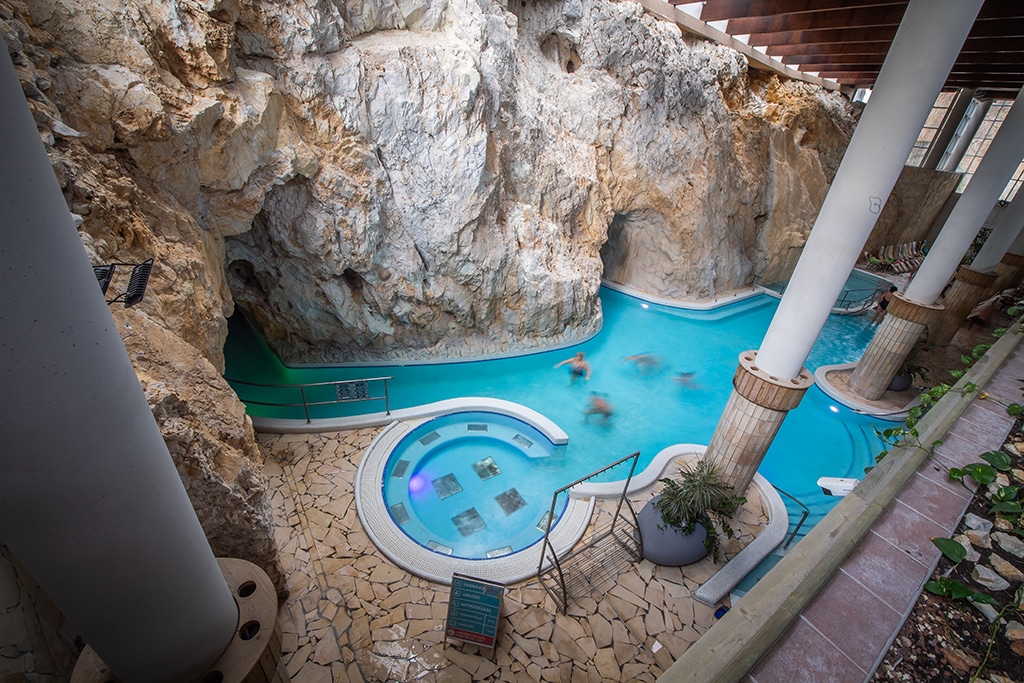
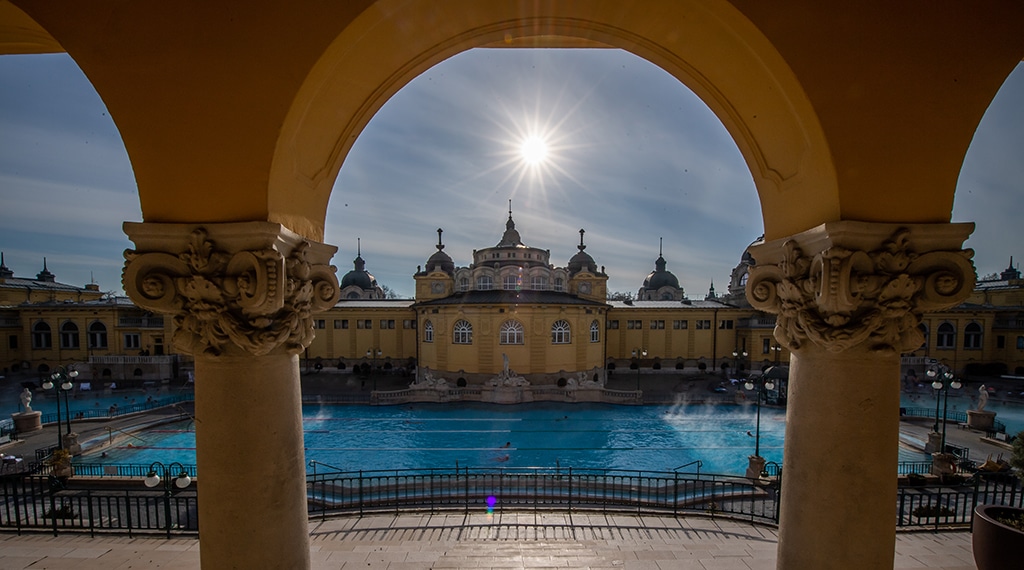
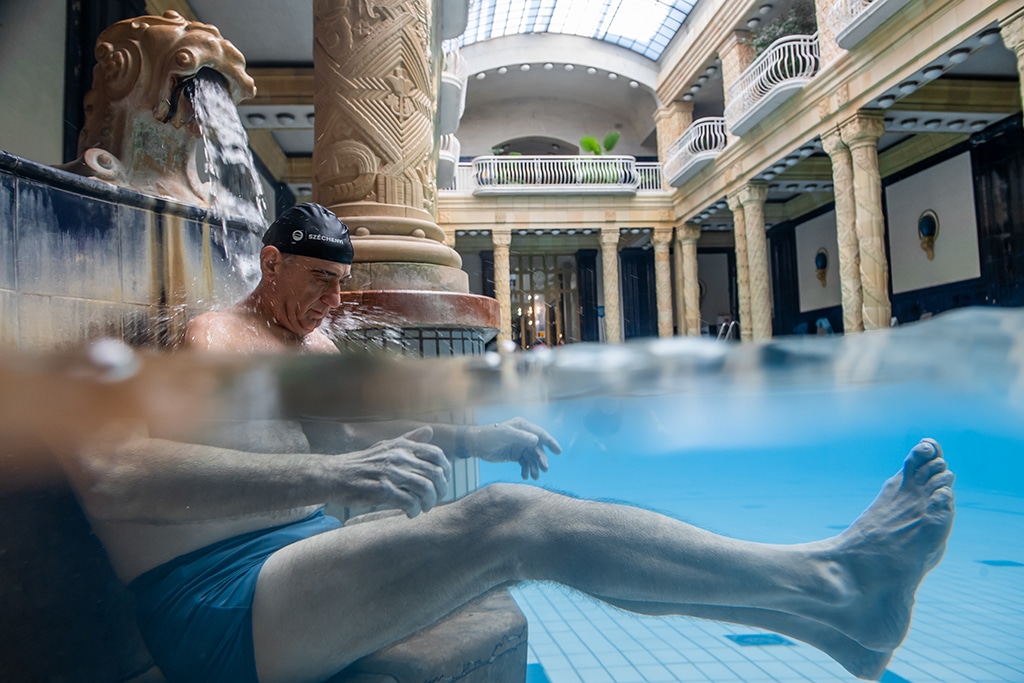
While much of the water is naturally hot, the large historic buildings cost a fortune to run and heat. “It’s a daunting challenge,” she told AFP, saying they have had to up ticket prices, reduce opening hours and cover outdoor pools. Prices at historic Budapest baths like the Gellert have been hiked “by more than 30 percent”, said Reffy, including at the Szechenyi Spa, famed for its wild parties or “sparties”.
Cave baths
Cheaper and less well known countryside bathhouses have been hard hit by the energy crisis, with several closing. “Spas carry heavy burdens... A quarter of all bathhouses nationwide are restricting their opening hours,” according to Zoltan Kantas, head of the Hungarian Baths Association. Hungary has more than 1,300 sources of thermal water including the unique labyrinthine cave complex in Miskolctapolca in the northeast.
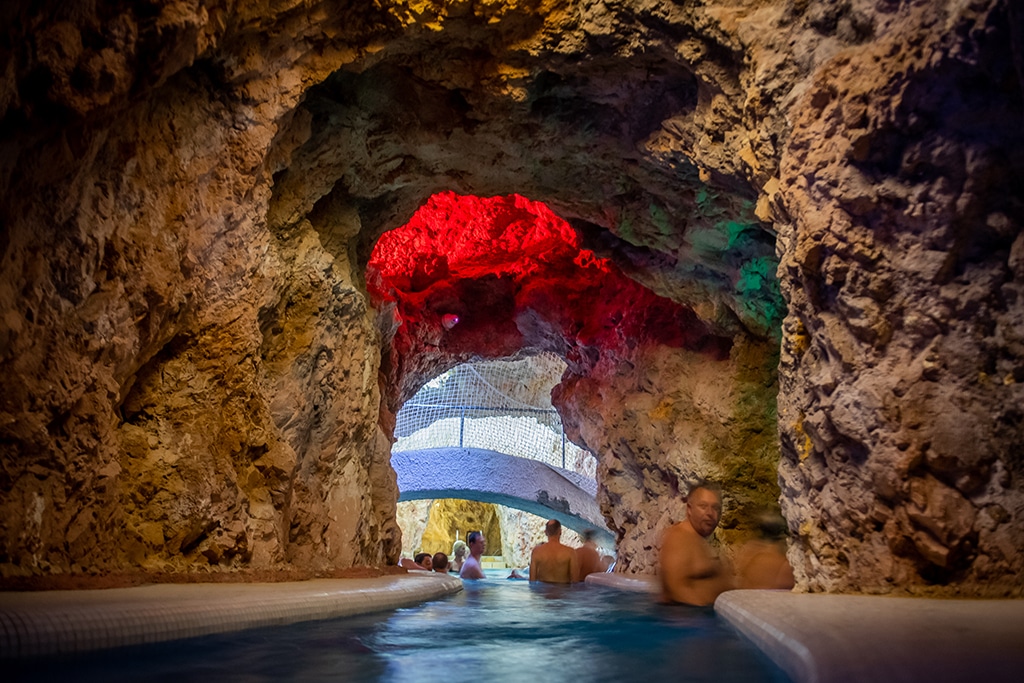
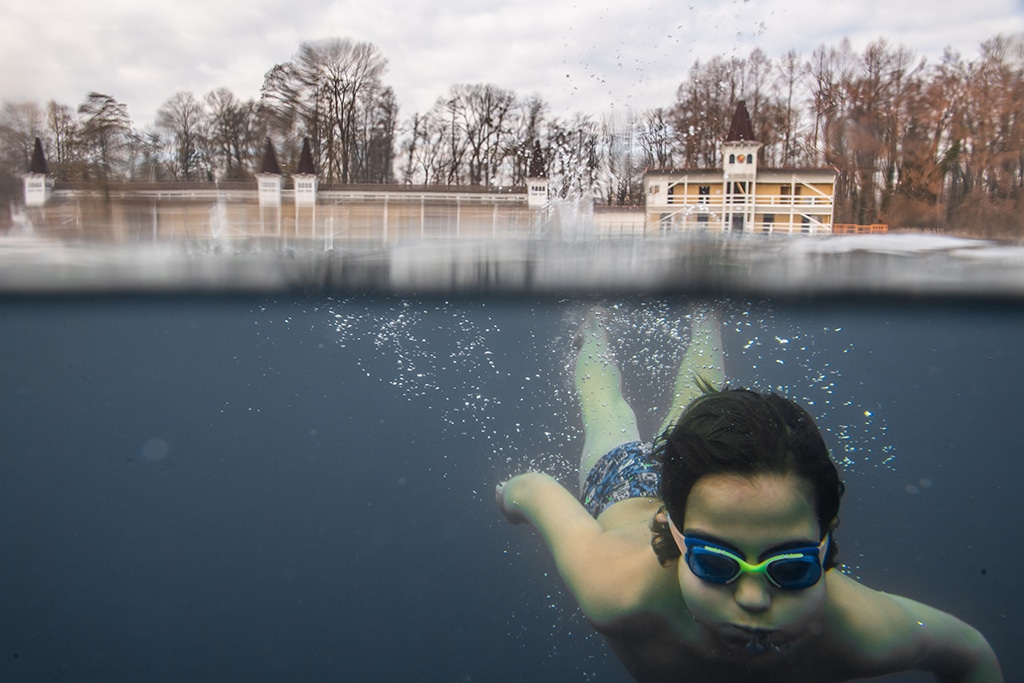
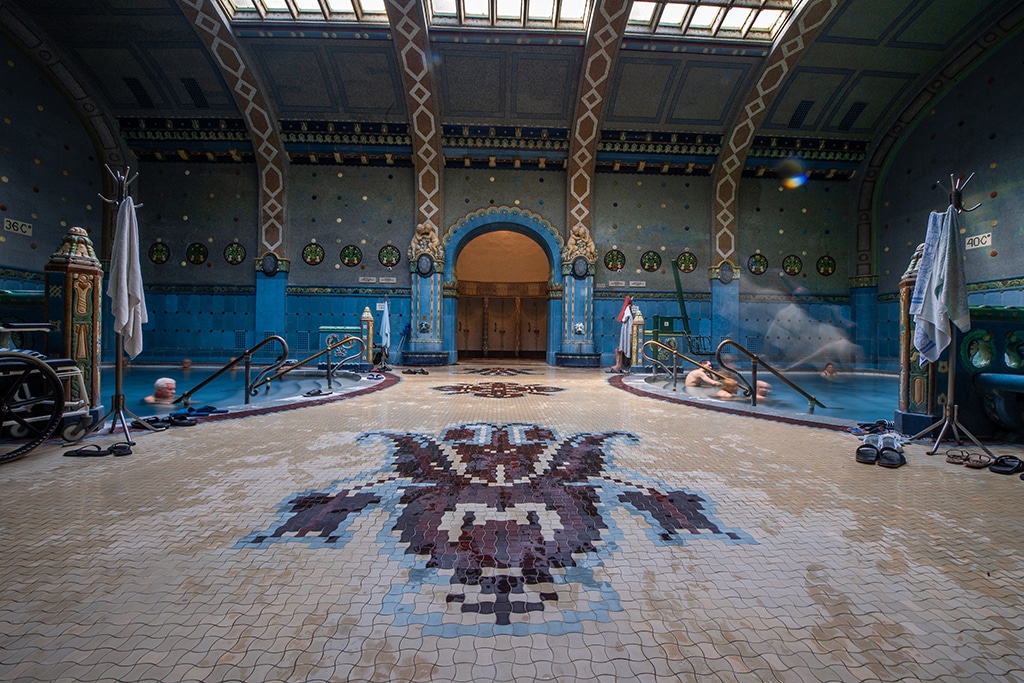
The world’s largest biologically active naturally thermal lake is at Heviz in the southwest. Its geothermally-heated water stays above 22 degrees Celsius (71.6 degrees Fahrenheit) in winter and can reach 38 degrees Celsius in summer. Hungary’s thermal bath culture was first developed 2,000 years ago by the Romans and continued under the Ottomans in the 16th century. — AFP

